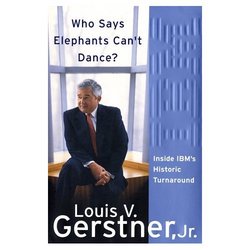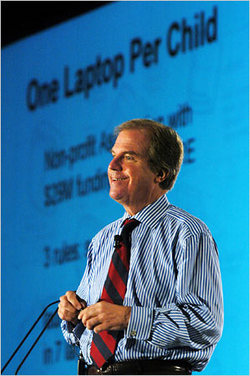Several years ago, I got up in the middle of the night to call the United States embassy in Beijing, in order to beg an embassy official to issue a visa to our best applicant for our open Research Assistant position. He did not want to do so, solely on the grounds that she might not return to China. The woman we wanted to hire had sky-high credentials by every measurable criterion, and based on letters of recommendation, was exceptional by the non-measurable criteria too.
How bizarre is the immigration policy of the United States when we view it as a problem that such a person might honor us by wanting to stay in the United States?
PALO ALTO, Calif. – Some of technology’s biggest names shared the stage at Stanford University last week to discuss the future of American innovation.
Yahoo co-founder Jerry Yang and Kleiner Perkins Caufield & Byers venture capitalist John Doerr were among the members of two panels at a technology summit at the university.
The third annual innovation summit, where industry leaders talked about emerging trends and government technology policy, was organized by TechNet, an advocacy group that lobbies on behalf of tech executives.
. . .
The executives also lamented government policies limiting student and work visas, warning that this shuts out people like Google co-founder Sergey Brin and former Intel chief executive Andrew Grove.
"We have this crazy policy in the U.S. that says smart people can’t come here. I think we all agree it makes absolutely no sense," Yang said. "Are people going to want to build a company in the U.S. . . . or in the new talent centers?"
For the full story, see:
(Note: the ellipsis between paragraphs was added; the ellipsis in the Yang quote was in the original article.)


 One of the dogs cured of melanoma by a new vaccine. Source of photo:
One of the dogs cured of melanoma by a new vaccine. Source of photo:  The Flagler Memorial obelisk was erected in on a man-made island in 1920, when Miamians still remembered the accomplishments of Henry Flagler. Source of image:
The Flagler Memorial obelisk was erected in on a man-made island in 1920, when Miamians still remembered the accomplishments of Henry Flagler. Source of image: 

